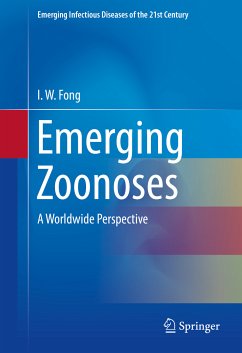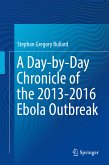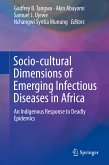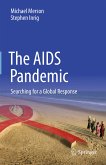- SARS and MERS coronaviruses
- New avian influenza viruses
- The tick-borne Henan fever virus from China
- The tick-borne Heartland virus from the United States
- Recently recognized bacterial pathogens, such as Streptococcus suis from pigs.
In addition, reemergence of established zoonoses that have expanded their niche are reviewed, such as the spread of Zika virus and Chikungunya virus to the Western Hemisphere, and the emergence and spread of Ebola virus infection in Africa. A chapter is also devoted to an overview of the mechanisms and various types of animals involved in the transmission of diseases to humans, and the potential means of control and prevention. Many endemic and sporadic diseases are still transmitted by animals, through either direct or indirect contact, and zoonoses are estimated to account for about 75% of all new and emerging infectious diseases. It is predicted by public health experts that the next major pandemic of infectious disease will be of animal origin, making Emerging Zoonoses: A Worldwide Perspective a crucial resource to all health care specialists by providing them with much needed information on these zoonotic diseases.
Dieser Download kann aus rechtlichen Gründen nur mit Rechnungsadresse in A, B, BG, CY, CZ, D, DK, EW, E, FIN, F, GR, HR, H, IRL, I, LT, L, LR, M, NL, PL, P, R, S, SLO, SK ausgeliefert werden.









